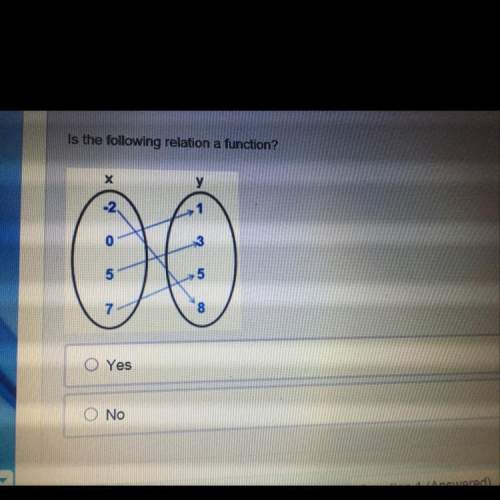
Mathematics, 15.07.2019 22:20 gracieisweird12
1) if the specification is such that no washer should be greater than 2.4 millimeters, assuming that the thicknesses are distributed normally, what fraction of the output is expected to be greater than this thickness?

Answers: 2


Other questions on the subject: Mathematics

Mathematics, 21.06.2019 13:10, christopherarreola56
The function g(x) is defined as shown. x-1, -2 g(x) = 2x+3, -1 6-x, x23
Answers: 1

Mathematics, 21.06.2019 15:20, aliceotter2007
Asmall (but heavy) particle placed in a glass of water will follow a zigzag motion because the particle will bounce off of the water molecules it meets. this is called brownian motion. a physicist simulates this on a computer, by varying the distance a particle can travel (called the mean free length), on average, before it collides with a water molecule and assigning the change in motion to be one of 8 directions, each with a similar probability. by running the simulated particle (with the same mean free length) many times she determines that it should take 15 seconds, on average, for the particle to fall to the bottom, with a standard deviation of 1.5 seconds. next she lets a real particle fall through a glass of water and finds that it took 18 seconds. what does she conclude, and why?
Answers: 1

Mathematics, 21.06.2019 20:30, angellll4455
Secant be and cf intersect at point d inside a what is the measure of cde
Answers: 1

Mathematics, 21.06.2019 21:30, gonzalezashley152
In a test for esp (extrasensory perception), the experimenter looks at cards that are hidden from the subject. each card contains either a star, a circle, a wave, a cross or a square.(five shapes) as the experimenter looks at each of 20 cards in turn, the subject names the shape on the card. when the esp study described above discovers a subject whose performance appears to be better than guessing, the study continues at greater length. the experimenter looks at many cards bearing one of five shapes (star, square, circle, wave, and cross) in an order determined by random numbers. the subject cannot see the experimenter as he looks at each card in turn, in order to avoid any possible nonverbal clues. the answers of a subject who does not have esp should be independent observations, each with probability 1/5 of success. we record 1000 attempts. which of the following assumptions must be met in order to solve this problem? it's reasonable to assume normality 0.8(1000), 0.2(1000)%30 approximately normal 0.8(1000), 0.2(1000)% 10 approximately normal srs it is reasonable to assume the total number of cards is over 10,000 it is reasonable to assume the total number of cards is over 1000
Answers: 1
You know the right answer?
1) if the specification is such that no washer should be greater than 2.4 millimeters, assuming that...
Questions in other subjects:

Mathematics, 04.06.2020 03:58

Mathematics, 04.06.2020 03:58

History, 04.06.2020 03:58

Biology, 04.06.2020 03:58

Mathematics, 04.06.2020 03:58


World Languages, 04.06.2020 03:58

History, 04.06.2020 03:58

Mathematics, 04.06.2020 03:58

Mathematics, 04.06.2020 03:58




